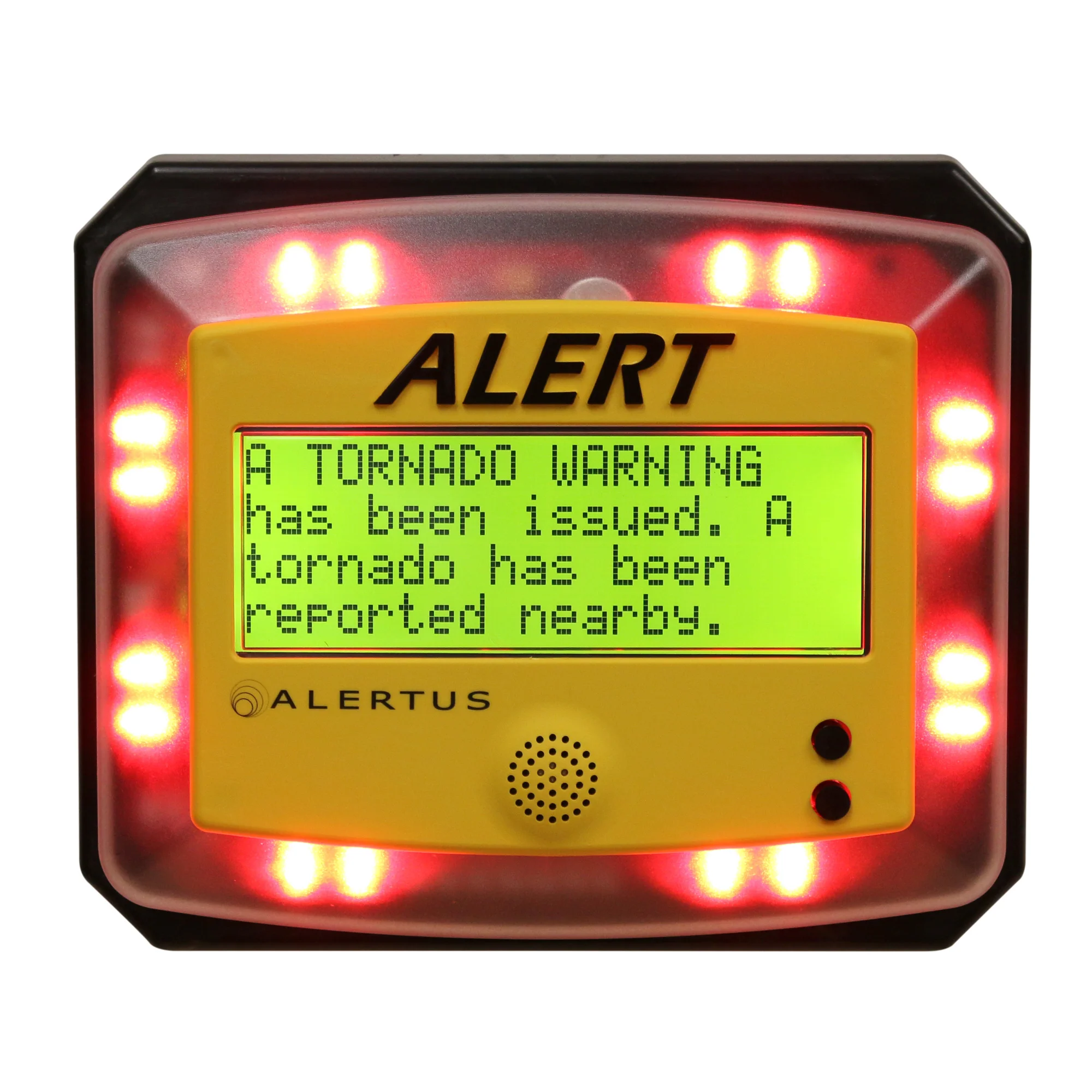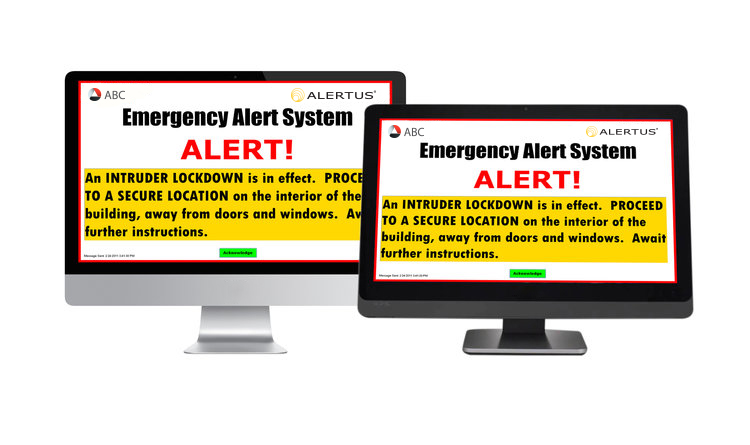Notifying a Campus Within Minutes of an Emergency
Overview
Location: Tallahassee, FL
Population: 197,787 (43,569 students)
City Size: 103.70 sq. miles
When a gunman opened fire at Florida State University (FSU) in November 2014, the school’s police department was able to warn the entire campus within minutes, thanks to its mass emergency notification system. A dispatcher immediately activated the preprogrammed message warning of a “dangerous situation” with the simple touch of a button.
“Alerts went out within two-and-a-half minutes of the first gunshot,” says David Bujak, Director of Emergency Management at FSU.
The overall project, known as the FSU’s Alert Emergency Notification System, has been in place for several years. The system “is actually a hybrid collection of mass notification providers combined to maximize our ability to get the word out promptly,” Bujak says. However, in June 2013, the University added Alertus Desktop™ Notification and Alert Beacon® by Alertus Technologies.
Three people, one of whom is likely permanently disabled, were injured by the gunman. The shooter, Myron May, a former student at the university, was killed by police on the scene. Without the mass notification system, Bujak fears that the incident could have been much worse.
Challenge
The university’s main challenge was integrating the new system into the existing IT network. FSU has a decentralized IT structure — different colleges own and operate their infrastructure — so the installation process for Alertus Desktop Notification was slower than it would have been if all of the buildings were under one department, explains Bujak. “Once we were comfortable that the desktops were working properly, we sent out memos to the IT managers on campus and said, ‘here it is, download it, install it…’ We’ve had outstanding participation in that regard,” he notes. So far, the university has pushed the Alertus Desktop Notification System to 1,400 machines and can deliver a campus-wide emergency notification in a matter of seconds.
The Alert Beacon or the fire alarm voice capability is now mandatory for new buildings with a capacity of 20 or more people. However, there have been challenges in deploying the mass notification system. For example, each Alert Beacon requires an Ethernet connection, but “many of FSU’s technology-enhanced classrooms do not have ample Ethernet connections available for the beacons,” Bujak points out. Rather than dedicating resources specifically to installing Alert Beacons, he says, the technology-enhanced classrooms included the Alert Beacons as part of an upgrade program they are rolling out to those rooms instead.
Solution
According to Bujak, the university purchased Alertus products to enhance indoor notification. Their existing mass notification system included indoor sirens that communicated custom messages to building occupants during an emergency, but of the campus’ 473 buildings, only 60 had modern voice-capable fire alarms.
“Our ability to achieve indoor notification utilizing fire alarms was limited to only a portion of the buildings on campus, and to update the others would be cost-prohibitive because replacing an entire fire alarm system was pricey,” Bujak notes. That’s where Alertus Desktop Notification and the Alert Beacons came in, which he says were cheaper than replacing the fire alarm systems.
When campus police activate the emergency notification system, the wall-mounted Alert Beacon flashes strobe lights and makes a siren-like noise. The Alert Beacon also has a screen that displays a customizable LED message that can be read from up to 15 feet away. In addition, Alertus Desktop Notification sends an entire or partial-screen message to any desktop equipped with the feature. FSU has many technology-enhanced classrooms where teachers use a projector, and the desktop alerting system connects to those machines.
Conclusion
Bujak cites human behavioral studies that show it takes people three forms of input before they react in an emergency. “Our concept with the alert system is the same thing. I’d rather bombard you with multiple delivery methods [because] if you get multiple alerts, you’re going to know something serious is happening,” he says.
Bujak says that security was pleased with the system’s deployment during the campus shooting. “People recount seeing multiple computer screens display the desktop alert, and it was pretty much simultaneous with the indoor siren messages and the text messages they received,” he notes.
FSU’s Campus Police operate the Safety and Security Program, consisting of a sworn police force. While participating in the University’s semi-annual security gap analysis in 2013, security and the FSU administration defined its mass notification goals. The University wanted to reach people “inside, outside, and by your side,” says Bujak, meaning no matter where someone was on campus, they would be notified by an alert. We found that with Alertus.




